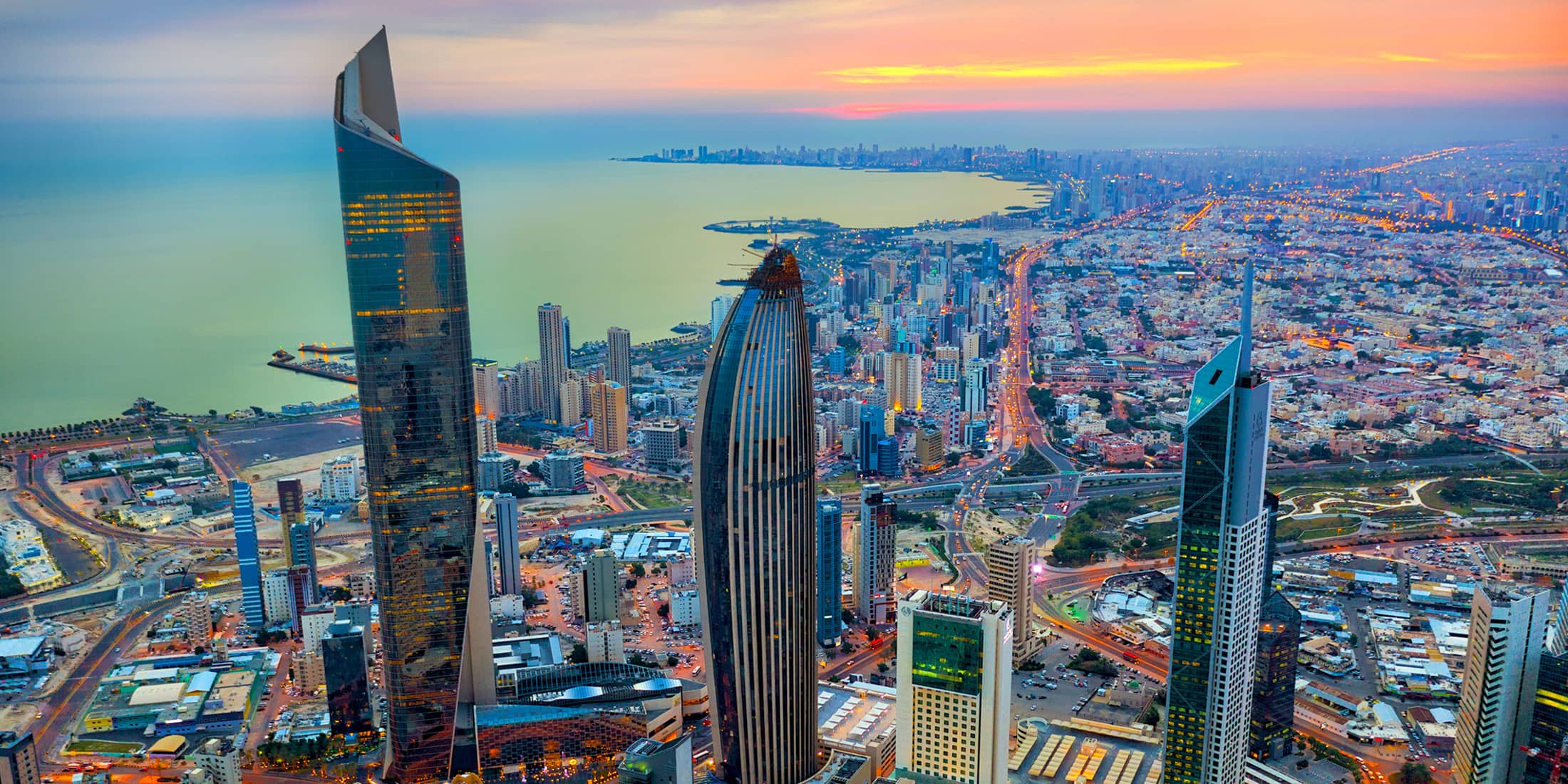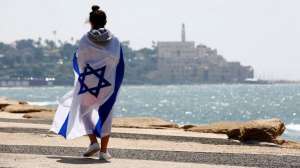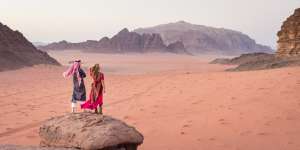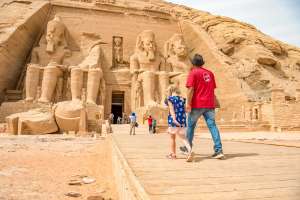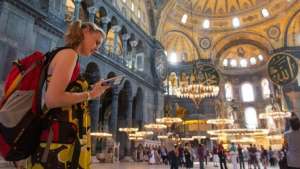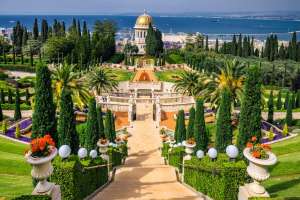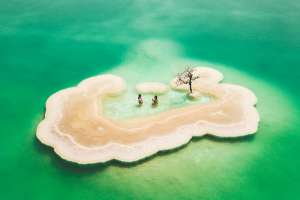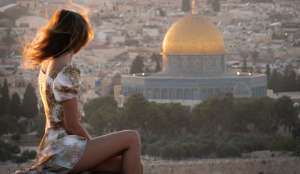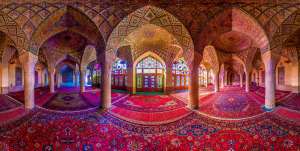Kuwait City is the beating heart of Kuwait, serving as the country’s political, economic, and cultural center. It’s a city where tradition gracefully intertwines with modern innovation, and where glass towers rise beside historic landmarks that tell the story of an ever-evolving nation. The rhythm of life here feels different from that of other Gulf capitals—it’s modern and ambitious, yet deeply respectful of its roots.
Tourism in Kuwait primarily comes from neighboring Gulf Cooperation Council (GCC) countries, thanks to easy visa access and convenient transportation. However, visitors from Europe, Asia, and the Americas are increasingly drawn to this destination for its unique combination of heritage and sophistication. The top places to visit in Kuwait City mirror the style of other Gulf cities such as Dubai, Doha, or Abu Dhabi, yet there’s something distinctly authentic about Kuwait’s version of modernity.
Unlike Europe, Kuwait may not overflow with centuries-old cathedrals or castles, but it offers an intriguing blend of historical discovery and futuristic design. From ancient archaeological sites and curated museums to architectural wonders like the Kuwait Towers, the city captures the essence of the Middle East in transition—a land balancing between legacy and progress.
Exploring the Essence of Kuwait City
Kuwait’s charm goes far beyond its skyline. The city is filled with museums, art galleries, traditional markets, grand mosques, and a collection of landmarks that reflect both its history and modern aspirations. Travelers are often captivated by the diversity of experiences, from the colorful stalls of Souq Mubarakiya to the shimmering mosaics of the Mirror House.
Many visitors limit themselves to the familiar—perhaps a quick desert safari or a shopping mall—but those who take time to explore the city’s cultural side uncover a richer story. The real soul of Kuwait lies in its museums, local bazaars, art spaces, and old neighborhoods where time slows down and tradition feels tangible.
Things To Do In Kuwait
Tareq Rajab Museum
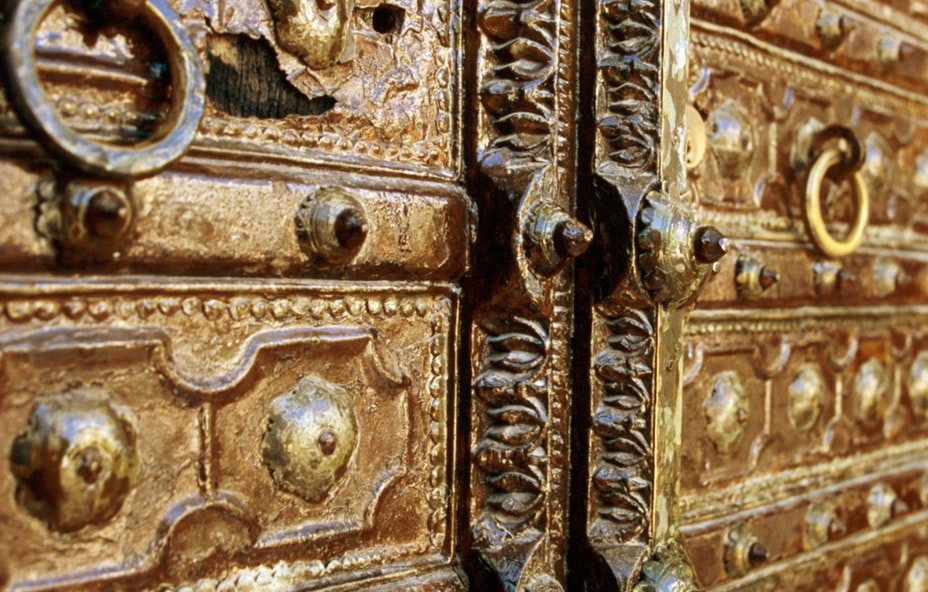
Hidden beneath the basement of a large villa, the Tareq Rajab Museum is one of Kuwait’s most fascinating hidden gems. This ethnographic museum offers a vast collection of treasures gathered from across the Arab world and beyond. You’ll find inlaid musical instruments, delicate Omani silver jewelry, Saudi gold ornaments, traditional headdresses ranging from humble prayer caps to grand ceremonial helmets, and garments once worn by Bedouin women and royal princesses.
The museum’s true highlight is its collection of Arabic manuscripts from the Calligraphy Museum, which showcases the evolution of Islamic script through centuries. Every item here reflects an era, a tribe, or a culture that contributed to the collective identity of the region. The Tareq Rajab Museum is more than just a gallery—it is a silent dialogue between art, history, and the human hand that crafted it.
Mirror House
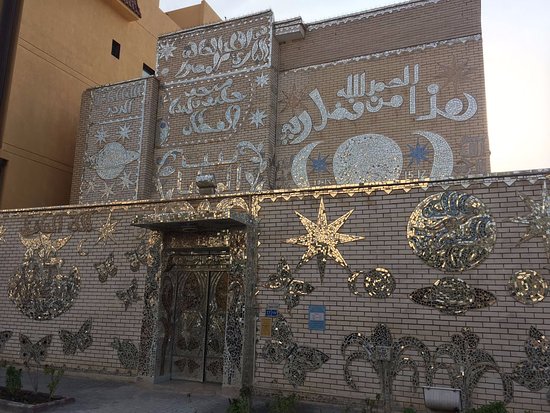
The Mirror House is one of Kuwait’s most extraordinary creations, a home transformed into a living mosaic of mirrors. The project was the lifelong work of Italian-Kuwaiti artist Lidia Al Qattan, who spent decades covering every wall, ceiling, and even the bathroom with mirror fragments arranged in intricate patterns. Her imagination turned this simple residence into a surreal, dreamlike space.
Visitors are often welcomed by Lidia herself or her family members, who share fascinating stories about the inspiration behind each room. The mirror-clad toilet, the galaxy-themed room, and the luminous corridors make every corner a new discovery. The construction began in 1966 and continued until 2006, requiring around seventy tons of glass. It’s both a work of art and a monument to dedication—a reflection of how creativity can redefine even the simplest spaces.
Souq Mubarakiya
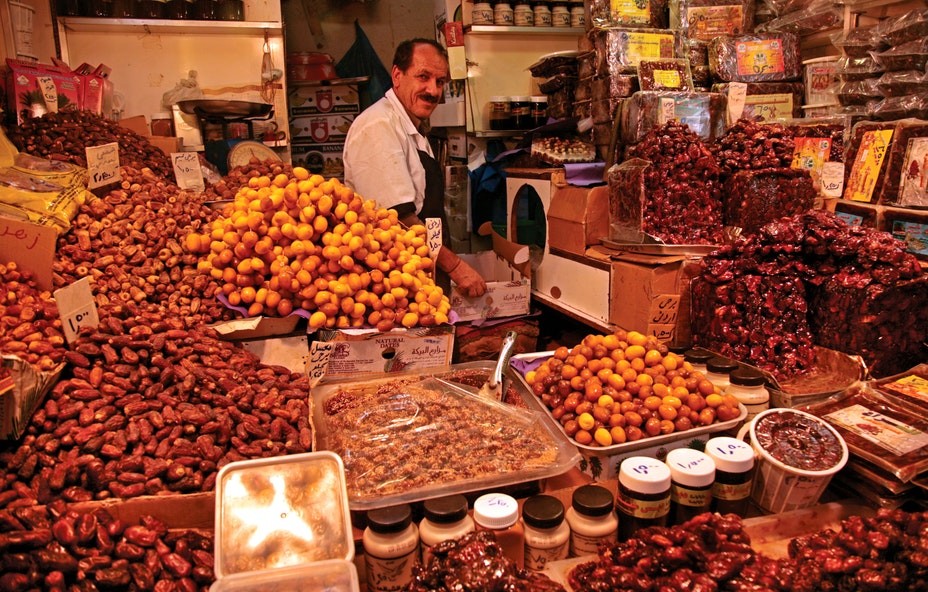
Long before oil transformed Kuwait into a modern city, Souq Mubarakiya was its main trading hub. It remains one of the liveliest markets in the country, where old traditions continue to thrive. Walking through its maze of alleys, you’ll encounter shops selling everything from dates, olives, and spices to fabrics, perfumes, and antiques. The air carries the aroma of freshly ground coffee, incense, and cardamom, creating an atmosphere both nostalgic and alive.
Souq Mubarakiya has managed to retain its authentic spirit even as new sub-markets and modern sections have been added over time. It’s a place where bargaining is an art, where conversations with merchants reveal snippets of history, and where every turn opens up a scene worthy of a photograph. It’s less of a shopping trip and more of a cultural journey—a window into Kuwait’s soul.
Grand Mosque

The Grand Mosque, completed in 1986, is Kuwait’s largest and most magnificent mosque. Built at a cost of approximately fourteen million Kuwaiti dinars, it stands as a masterpiece of Islamic architecture and devotion. The mosque features French stained glass, Italian marble, Moroccan mosaics, and German chandeliers—all elements harmoniously combined to create an atmosphere of peace and grandeur.
It’s remarkable not only for its scale but also for the fact that it survived the Iraqi invasion completely intact. The interior’s beauty lies in its subtle balance between simplicity and ornamentation, with a central dome that radiates serenity. Visitors can join guided tours led by knowledgeable staff who explain the mosque’s design, history, and role in Kuwaiti culture. Women are provided with abayas and scarves before entering. The Grand Mosque isn’t just a place of worship—it’s a space where the country’s artistic and spiritual identities meet.
Scientific Center
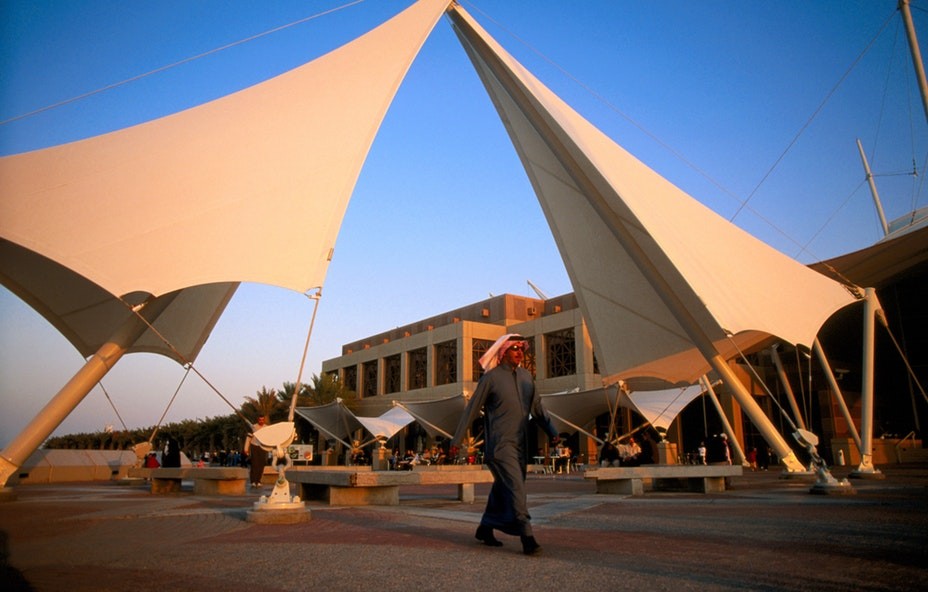
Situated along the picturesque Arabian Gulf Road, the Scientific Center is a place where curiosity takes center stage. Designed in the shape of a sailboat, this striking building houses one of the largest aquariums in the Middle East. Inside, enormous tanks display sharks, rays, and schools of vibrant fish that seem to glide in harmony. Children and adults alike are captivated by glowing jellyfish and the enormous Japanese spider crab, whose legs span nearly four meters.
The Discovery Place offers hands-on exhibits where kids can conduct small experiments, play with interactive physics displays, and even learn about the region’s desert ecosystem. The IMAX theater complements the experience with breathtaking educational films that highlight nature and science. The Scientific Center perfectly captures Kuwait’s vision—embracing modern learning while celebrating its maritime heritage.
Dar Al Athar Al Islamiyya
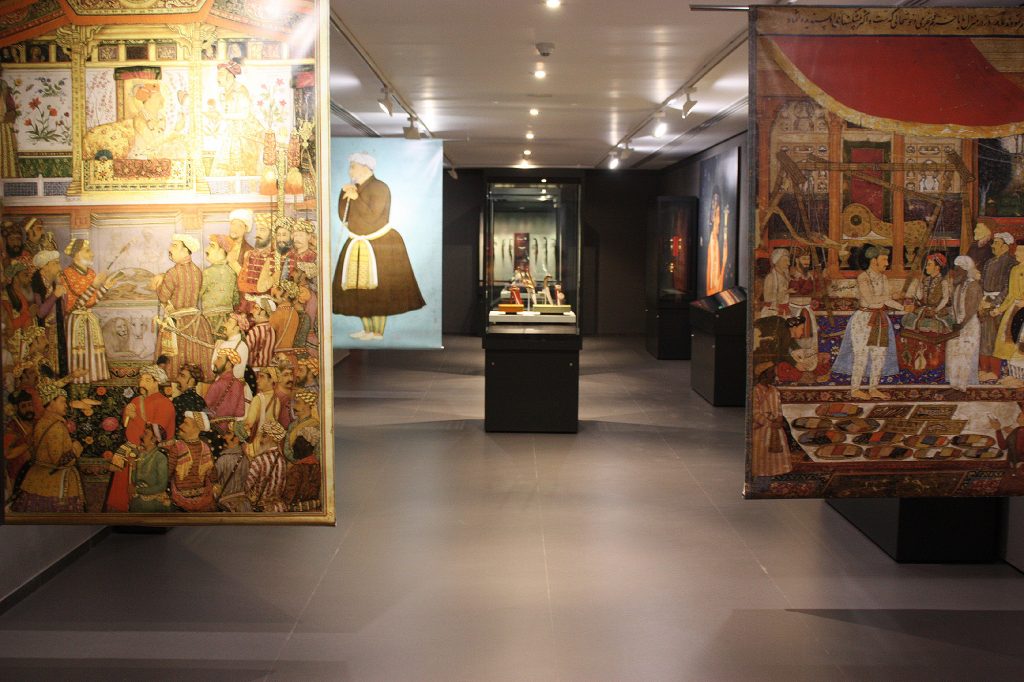
Dar Al Athar Al Islamiyya is one of Kuwait’s most esteemed cultural institutions, located within a complex that radiates quiet sophistication. It displays parts of the famous Al Sabah Collection, one of the most significant private collections of Islamic art in the world. Visitors can explore beautifully arranged galleries filled with ancient ceramics, delicate glasswork, manuscripts, and sculptures that trace the evolution of Islamic artistry.
All descriptions are available in both Arabic and English, allowing visitors to appreciate the historical and aesthetic context behind each piece. Videos play in some sections, offering expert commentary and background stories. The museum is smaller than the National Museum but offers a more intimate and reflective atmosphere, making it an essential stop for anyone eager to understand Kuwait’s artistic heritage.
Kuwait Towers
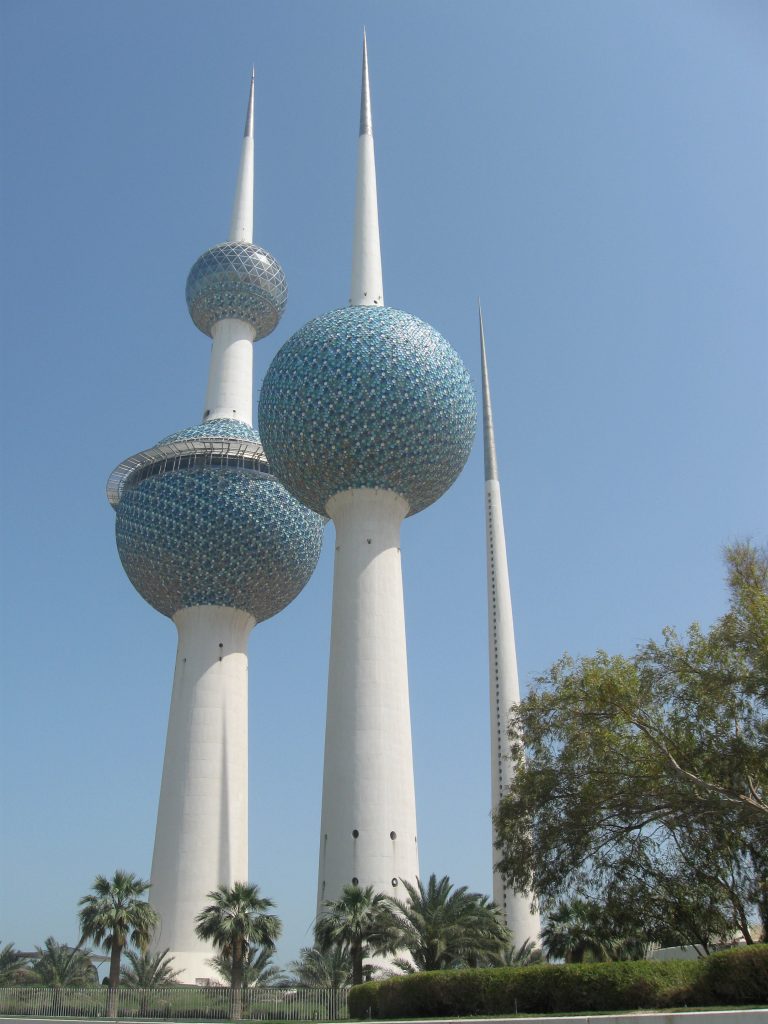
The Kuwait Towers stand as the city’s most iconic symbol—three slender structures that pierce the skyline with their blue-green mosaic spheres glistening in the sunlight. Built by a Swedish architectural firm and inaugurated in 1979, the towers represent Kuwait’s journey into modernity while honoring its connection to the sea. The tallest reaches 187 meters, offering visitors panoramic views of the coastline and urban landscape.
Inside, guests can visit an observation deck that rotates 360 degrees, a restaurant serving international cuisine, and a gift shop with locally made souvenirs. The ticket price includes access to the viewing platform, located 120 meters high, but those who dine in the restaurant enjoy free entry. The Kuwait Towers are not just a landmark—they are a visual embodiment of national pride and progress, admired both day and night when they light up the Gulf horizon.
Al Qurain Martyrs’ Museum
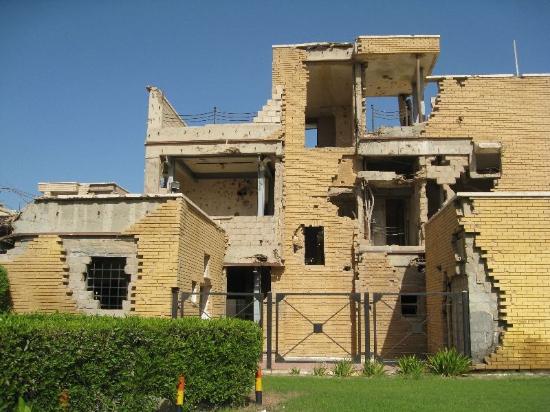
The Al Qurain Martyrs’ Museum tells a powerful story of courage and sacrifice. Located in a quiet residential district, the museum occupies a house where a group of young Kuwaiti resistance fighters made their last stand during the Iraqi invasion of 1991. The building has been preserved in the same condition it was found after the battle, complete with bullet holes, shattered walls, and evidence of the fierce fighting that took place inside.
Visitors can walk through the rooms where the defenders fought and hid, while exhibits display the weapons and items used during the confrontation—Kalashnikov rifles, grenades, and fragments of tanks. A small gallery presents photographs and documents that honor those who lost their lives. The museum is deeply emotional, reminding every visitor that freedom often comes at an immense cost. It’s not only a memorial but also a lesson in resilience and patriotism.
Al Shaheed Park
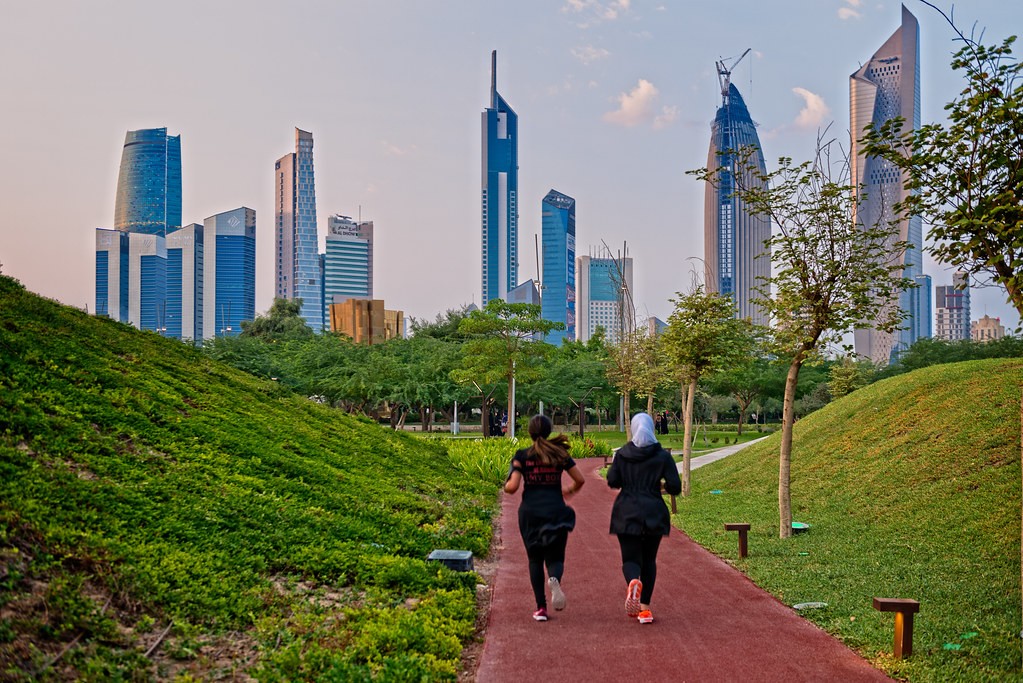
Al Shaheed Park is Kuwait’s largest urban park, a green sanctuary in the middle of the modern city. It stretches over two square kilometers and offers a refreshing escape from the desert heat. Walking and jogging paths weave through botanical gardens, shaded courtyards, and reflective pools, while cafes and open-air restaurants provide relaxing spaces to unwind.
The park also houses two museums: the Habitat Museum, focusing on Kuwait’s natural environment, and the Memorial Museum, which honors those who gave their lives in defense of the nation. At dusk, the park glows with beautiful lighting, attracting families, joggers, and tourists. Bird watchers also enjoy the nearby cycle track and resting areas for migratory birds. Whether you come to exercise, picnic, or simply breathe, Al Shaheed Park provides a tranquil experience that shows Kuwait’s modern approach to public life and green design.
Tareq Rajab Museum of Islamic Art
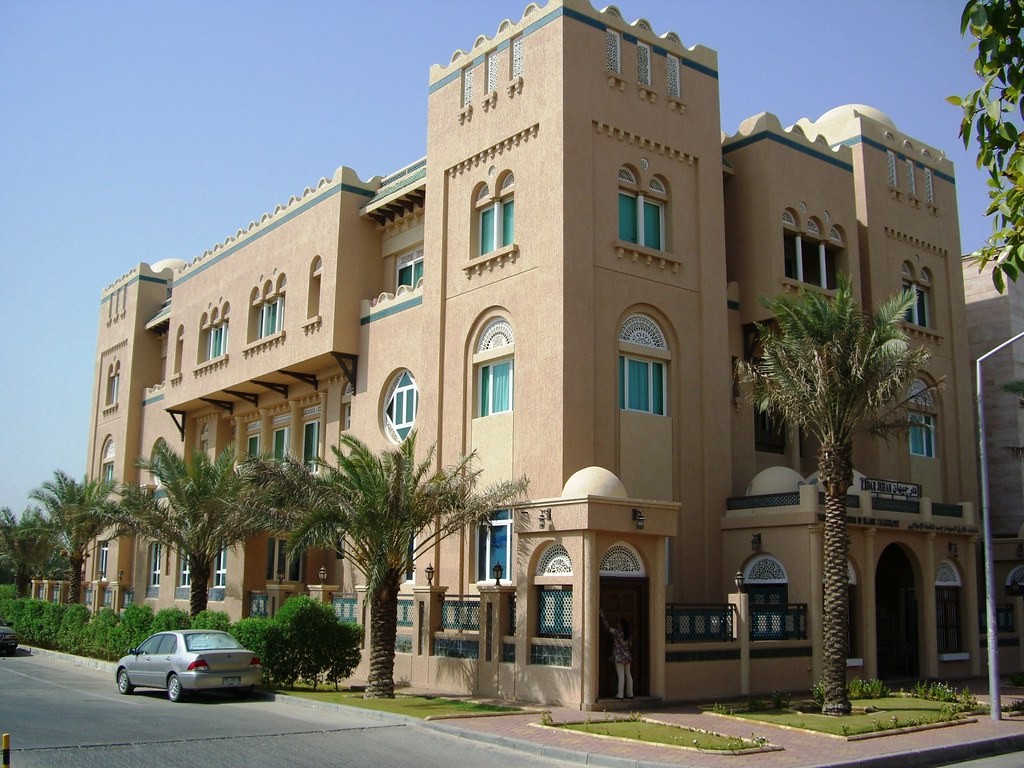
Located not far from the original Tareq Rajab Museum, this sister museum focuses specifically on Islamic art and calligraphy. The exhibits are housed in another elegant villa, creating an intimate atmosphere for visitors to explore. Two floors display centuries of artistic evolution, from early Qur’anic scripts to elaborate examples of Arabic typography and ornamentation.
Each piece demonstrates not only technical skill but also spiritual devotion. The museum also offers an educational video that explains traditional calligraphy techniques, showing how letters themselves became an art form in Islamic culture. It’s a quiet and reflective place, where art and faith merge seamlessly, leaving visitors with a profound sense of the beauty of language and craftsmanship.
Al Hashemi Marine Museum
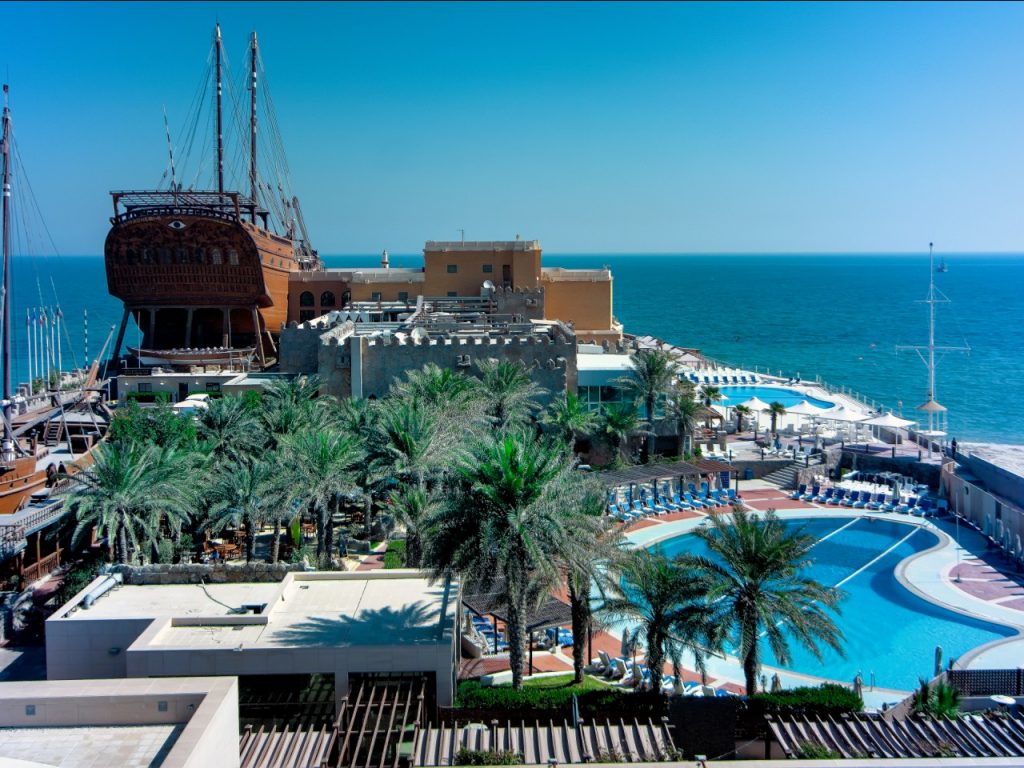
The Al Hashemi Marine Museum is a tribute to Kuwait’s long maritime history. Its main attraction is Al Hashemi II, a colossal wooden dhow that holds the Guinness World Record as the largest handmade wooden ship ever built. The vessel is 80.4 meters long, 18.7 meters wide, and weighs over 2,500 tons—a breathtaking achievement of craftsmanship and dedication.
Inside the museum, visitors can explore a collection of model ships, navigational tools, and historical displays that trace Kuwait’s seafaring legacy. These exhibits celebrate the country’s past as a hub for trade, fishing, and pearl diving. Maritime enthusiasts, in particular, will appreciate the attention to detail and the museum’s ability to bring to life an era when the sea was Kuwait’s most vital lifeline.
Maritime Museum
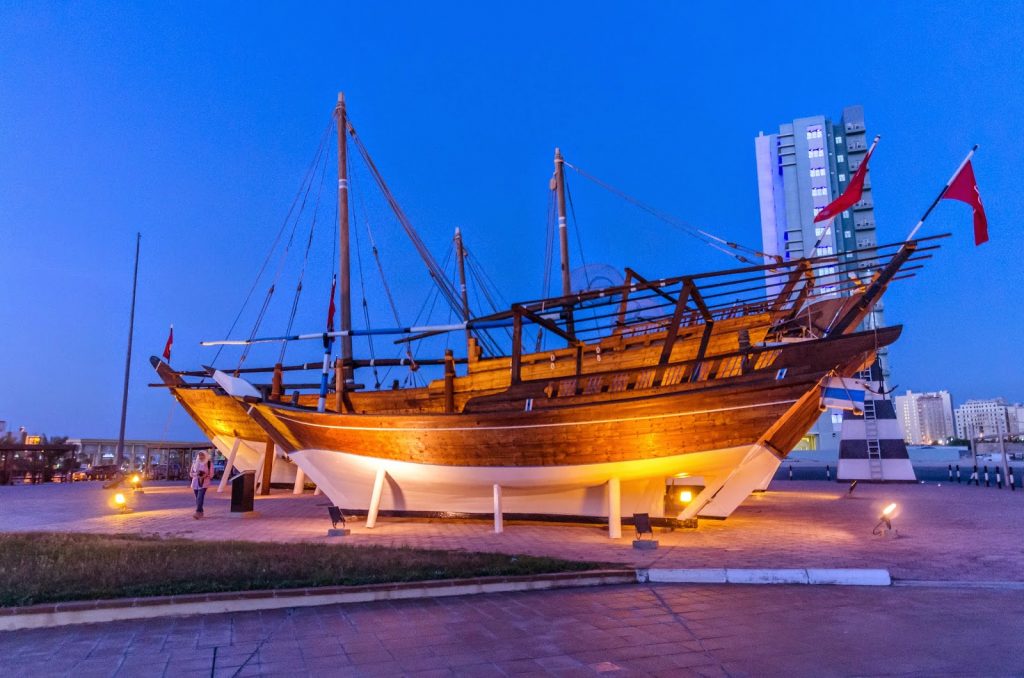
The Maritime Museum continues the story of Kuwait’s seafaring heritage. Located along Kuwait Bay, its entrance is marked by three beautifully restored dhows displayed in dry dock. Inside, the exhibits show how water once had to be transported to Kuwait by ship from the Shatt Al Arab river in Basra before desalination plants existed.
The museum’s photographs and artifacts reveal how vital these dhows were—not only for trade but also for survival. Visitors can see replicas of old tools, ropes, and storage jars used aboard traditional vessels. The museum captures the ingenuity of Kuwaiti sailors who navigated the Gulf’s unpredictable waters with skill and courage, long before the arrival of modern ships.
Dickson House Cultural Centre
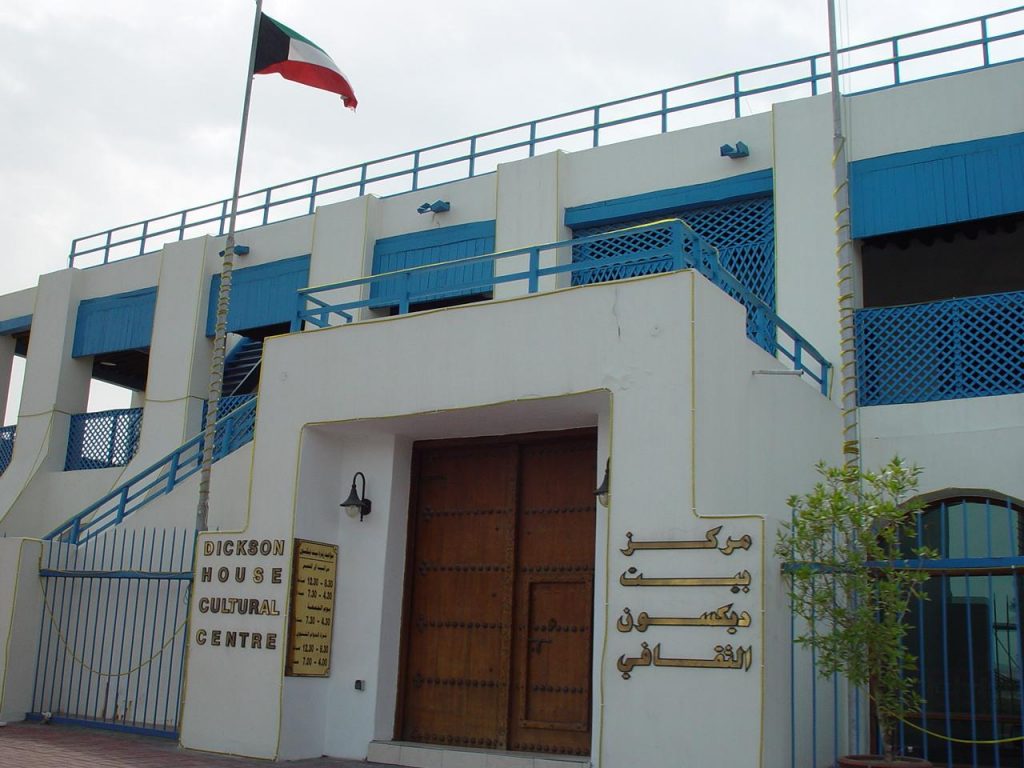
The Dickson House Cultural Centre, or Beit Dickson, is a charming white building with blue trim that once served as the residence of Colonel Harold Dickson and his wife Violet, who represented Britain in Kuwait. The couple became deeply involved in local life, and their home has now been turned into a small but fascinating museum chronicling Kuwait’s relationship with the United Kingdom.
Inside, visitors can view photographs from the early 20th century, letters, and furniture that recreate the colonial atmosphere of the period. The exhibits also trace Kuwait’s transformation from a small protectorate to an independent nation. The Dicksons’ personal belongings and their notes about Kuwaiti traditions add a touch of warmth and authenticity to the experience, reminding visitors that diplomacy, at its best, is built on mutual respect and friendship.
Historical, Vintage & Classic Cars Museum

This museum is a paradise for car lovers, featuring an impressive lineup of vintage automobiles maintained in pristine condition. Each car has its own story—some once belonged to royalty or heads of state, while others represent milestones in automotive history. Among the highlights are two Chrysler Imperials from the 1950s, one used by U.S. President Dwight Eisenhower and the other by Queen Elizabeth II.
Another notable exhibit is an Aston Martin DB5, famously linked to the James Bond film “Goldfinger.” Whether or not it’s the original, the car adds an air of mystery to the display. The museum also showcases classic American, European, and Japanese vehicles, making it a journey through the evolution of design, engineering, and luxury. Even those who aren’t car enthusiasts will find themselves impressed by the elegance and preservation of these mechanical artworks.
Fish Market

The Fish Market is one of Kuwait’s liveliest and most colorful places to visit. Located near the Dhow Harbour and Sharq Marina Mall, this vast indoor hall is filled with rows of stalls offering freshly caught seafood. You’ll find everything from tiny sardines and large groupers to buckets of prawns and lobsters. Vendors proudly call out their prices, and the atmosphere is filled with energy and the unmistakable scent of the sea.
At the front of the market, a separate section sells fruits and vegetables, making it a complete stop for locals doing their daily shopping. Even if you don’t plan to buy anything, wandering through the aisles offers an authentic glimpse into Kuwaiti life, where fishermen, families, and restaurant buyers all mingle in the cheerful chaos of trade.
Corniche
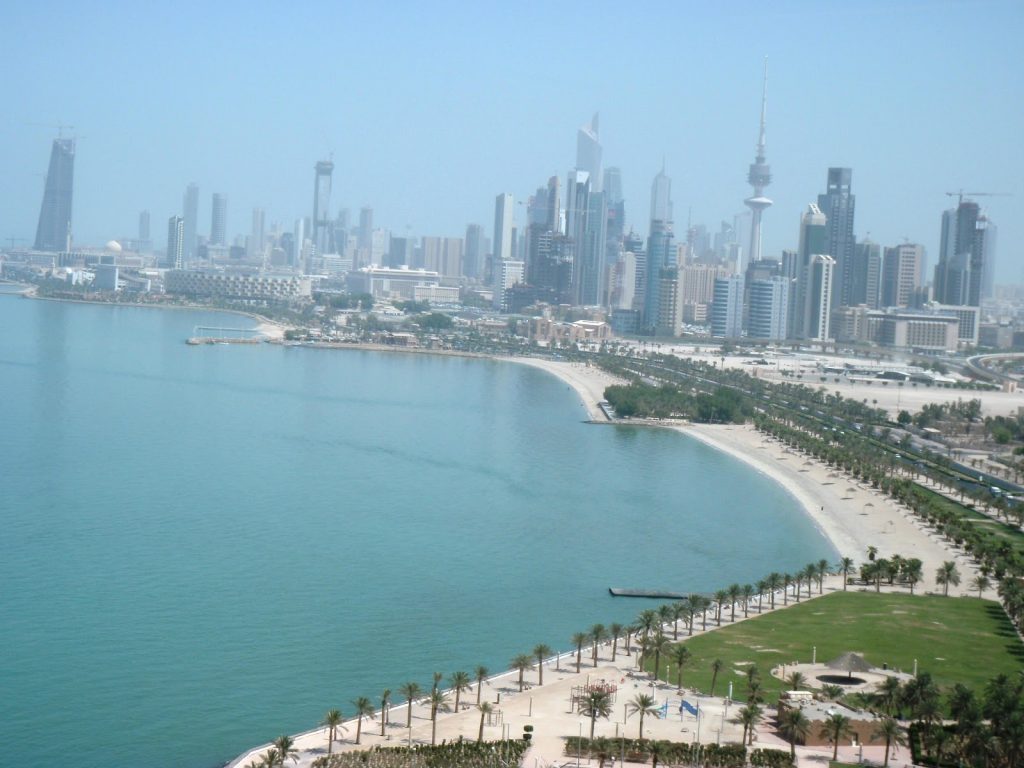
Stretching along Arabian Gulf Street for more than ten kilometers, the Corniche is Kuwait’s most scenic coastal walkway. It connects major landmarks such as the Scientific Center at one end and the Kuwait Towers at the other, making it a favorite route for joggers, cyclists, and evening strollers. The promenade features small beaches, playgrounds, and shaded parks, all with stunning views of the water.
As the sun sets, the Corniche becomes one of the best places to watch the sky turn orange over the Gulf. Cafes and restaurants line the route, inviting visitors to sit and enjoy the breeze. Whether you come for a morning walk or a nighttime stroll, the Corniche captures the city’s gentle rhythm and love for the sea.
Marina Beach
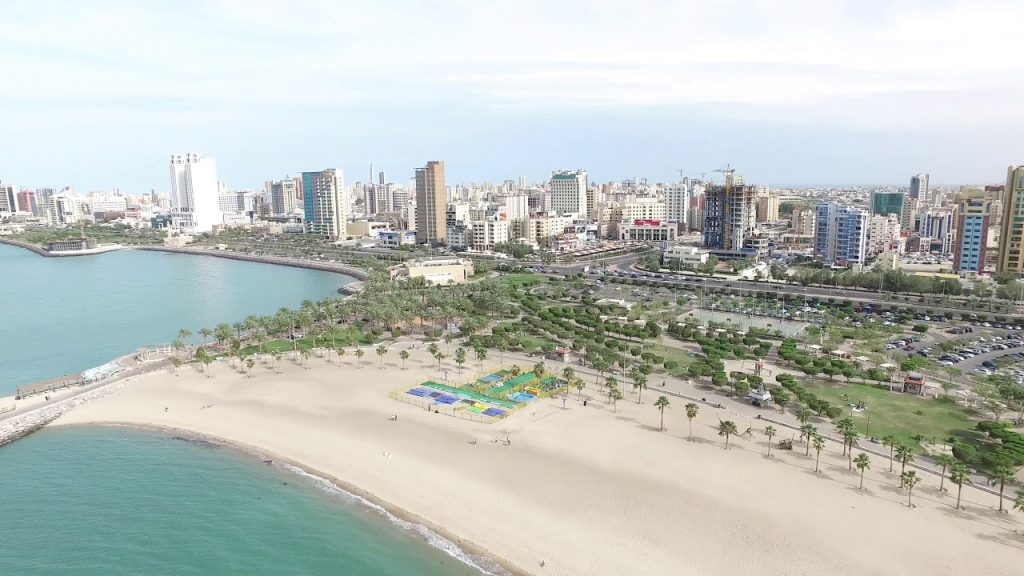
Marina Beach is one of Kuwait’s most popular seaside spots, known for its soft sand and relaxed atmosphere. It’s an ideal place for families, with bicycle rentals, a skate park, and even an inflatable playground for children. Food kiosks sell snacks and drinks, while nearby cafes and restaurants provide shaded seating areas overlooking the turquoise water.
From the shore, you can see the city’s skyline rising in the distance—a perfect backdrop for photos or a quiet moment of reflection. Unlike in some conservative regions, regular swimwear is acceptable here, making it more welcoming for international visitors. Marina Beach is where leisure meets simplicity, offering both fun and calm in equal measure.
Marina Crescent

Marina Crescent is an elegant waterfront promenade that loops gracefully around Kuwait Bay, adjacent to Marina Mall. Lined with palm trees and open-air cafés, it’s one of the most atmospheric areas in the city—particularly in the evenings when the lights shimmer across the water. Locals and visitors alike come here to enjoy the view, share a meal, or simply take a leisurely walk after sunset.
The area offers a wide range of dining options, from international restaurants to cozy coffee shops with outdoor seating. Weekends bring in a lively crowd of families and friends who gather to enjoy the breeze from the Gulf. Marina Crescent perfectly represents modern Kuwait’s lifestyle—sociable, sophisticated, and deeply tied to the sea.
Contemporary Art Platform
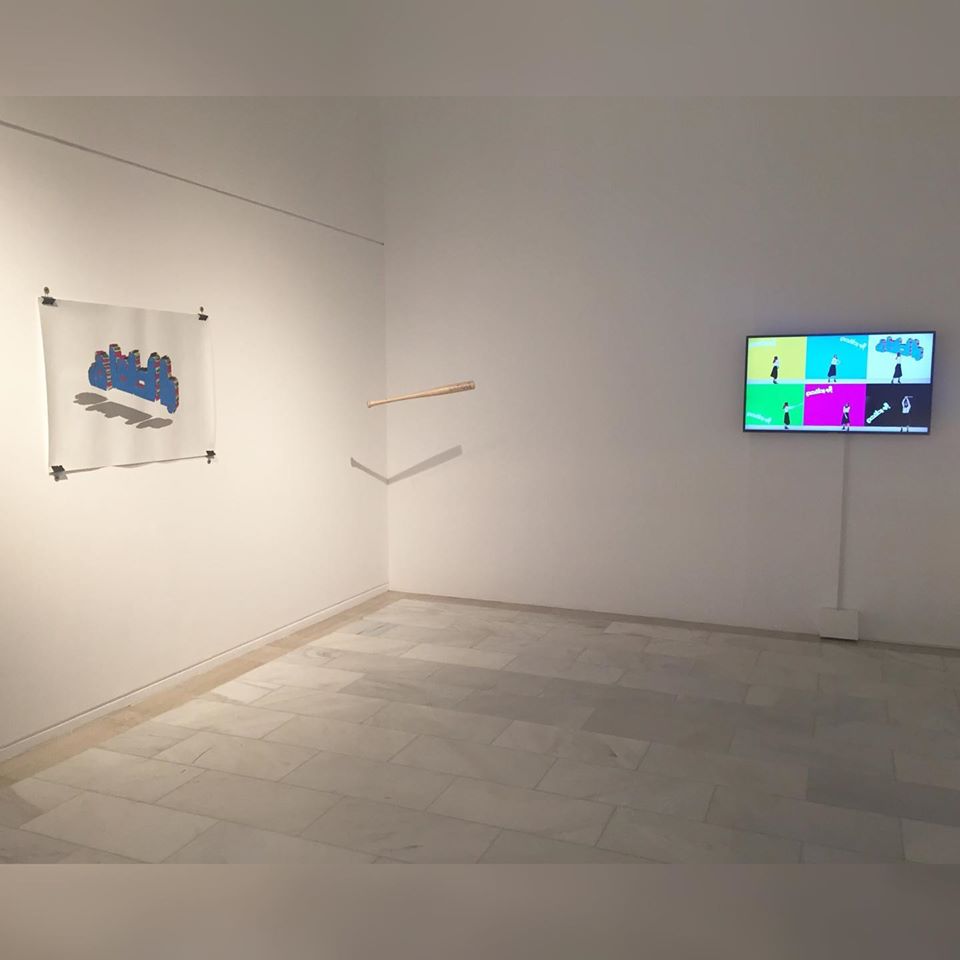
For art enthusiasts, the Contemporary Art Platform is a must-see. This large, minimalist gallery space hosts both permanent collections and rotating exhibitions featuring Kuwaiti and international artists. It has become a central point for creative dialogue in the city, often holding panel discussions, lectures, and collaborative workshops.
The exhibitions here cover a wide range of themes—identity, culture, social change, and modern aesthetics—offering a rare look into Kuwait’s thriving art scene. The space itself, with its clean white walls and open layout, allows the artwork to take center stage. Visiting the Contemporary Art Platform is not just about viewing art—it’s about experiencing Kuwait’s growing role in the global creative conversation.
Kuwait National Museum

The Kuwait National Museum once stood as one of the most prestigious cultural institutions in the Arab world, home to a priceless collection of Islamic art and national heritage. Although much of it was damaged or looted during the 1990 invasion, restoration efforts have preserved what remains, offering visitors an important, if incomplete, glimpse into the country’s past.
Today, the museum features two primary halls showcasing archaeological discoveries, traditional artifacts, and exhibits about Kuwait’s early Bedouin lifestyle. Among the items on display are centuries-old coins, ancient Qurans, and a full-sized Bedouin tent. The museum may still be in the process of rebuilding, but its essence remains intact—standing as a symbol of resilience, cultural pride, and remembrance.
Arab Fund Building

The Arab Fund Building is one of Kuwait City’s most remarkable examples of modern Islamic architecture. Though not generally open to walk-in visitors, those who arrange ahead for a guided tour are rewarded with a spectacular experience. Inside, the building features beautifully designed halls, courtyards, and offices adorned with intricate Arabesque detailing, marble floors, and soaring ceilings.
The structure reflects a perfect fusion of functionality and art, representing the values of regional cooperation and unity. Each room has its own unique design element—hand-carved woodwork, calligraphic stonework, and carefully chosen mosaics. Even from the outside, its grand silhouette makes it one of the city’s most elegant landmarks.
Heritage Museum

The Heritage Museum forms part of the National Museum complex and focuses on Kuwait’s pre-oil era. Visitors walk through dimly lit corridors designed to resemble old Kuwaiti streets, where life-sized displays and mannequins depict tailors, metalworkers, and traders from a century ago. The exhibits feature tools, household objects, and dioramas that vividly capture the rhythm of daily life in early Kuwait.
Though some lighting and installations show signs of age, the charm remains undeniable. The Heritage Museum provides an intimate experience of what Kuwait looked and felt like before modernization—humble, industrious, and rich in community life. The slightly eerie atmosphere of its shadowy halls only adds to its authenticity.
Liberation Tower
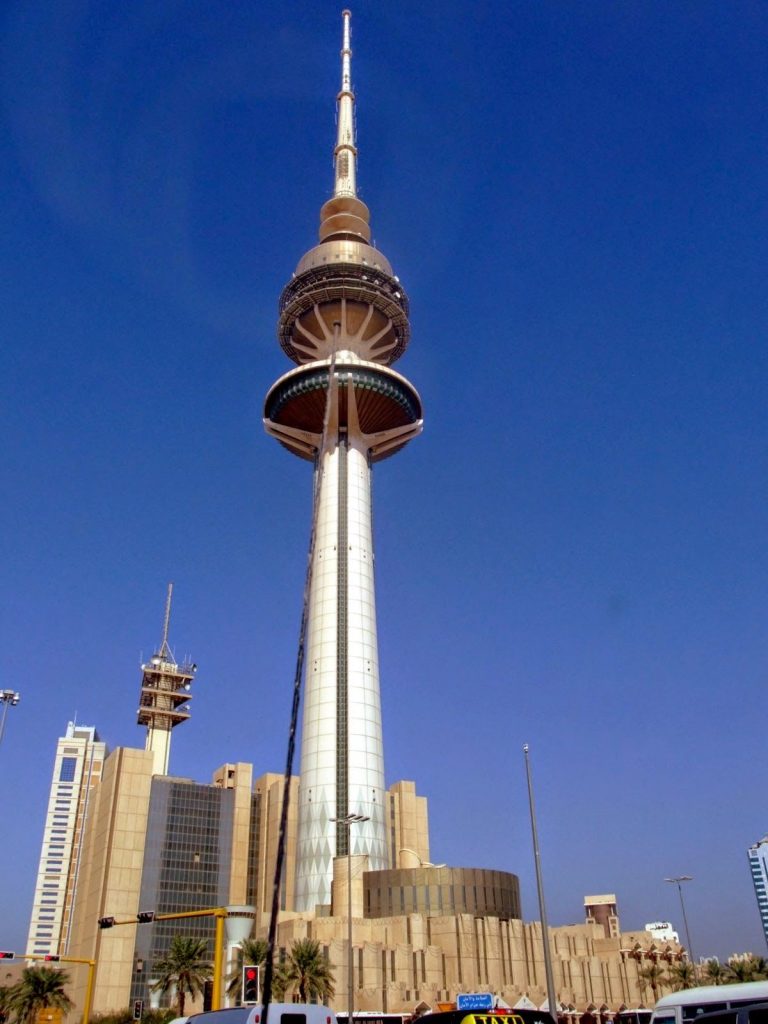
Often mistaken for the Kuwait Towers, the Liberation Tower is a completely different structure and holds immense symbolic importance. Standing 372 meters tall, it’s one of the world’s tallest telecommunications towers and the second-highest structure in Kuwait. Originally designed before the Iraqi invasion, it was renamed in 1993 to commemorate Kuwait’s liberation.
Its saucer-like observation section once offered panoramic views of the city, but public access has been closed for years. Nevertheless, the tower’s futuristic design and sheer height make it an unmistakable feature of Kuwait’s skyline. It stands as a proud reminder of resilience, freedom, and the strength to rebuild.
Dhow Harbour
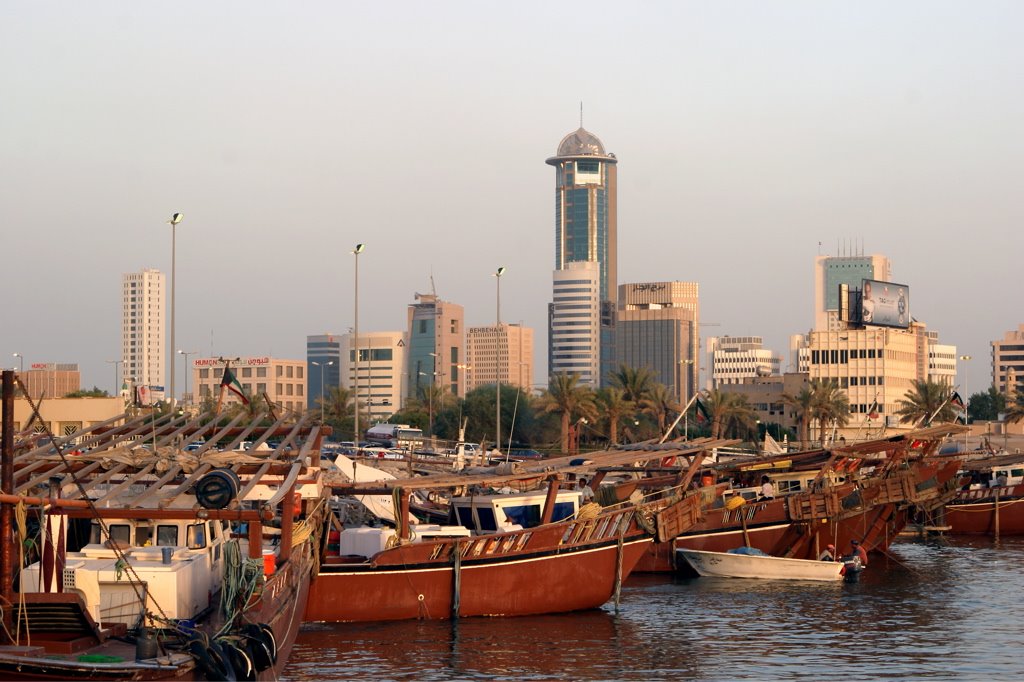
Next to Kuwait Bay and across from the Dickson House Cultural Centre lies the Dhow Harbour, a beautiful reminder of the country’s seafaring legacy. Here, dozens of traditional wooden dhows rest quietly in the water, many of which are still operational and used by local fishermen. Visitors can watch as the day’s catch is brought in and traded at the nearby Fish Market.
The harbor offers wonderful opportunities for photography, especially at sunrise and sunset when the dhows cast long reflections on the water. It’s an evocative spot that connects modern Kuwait to its maritime roots—a place where the past still drifts gently on the waves.
Green Island
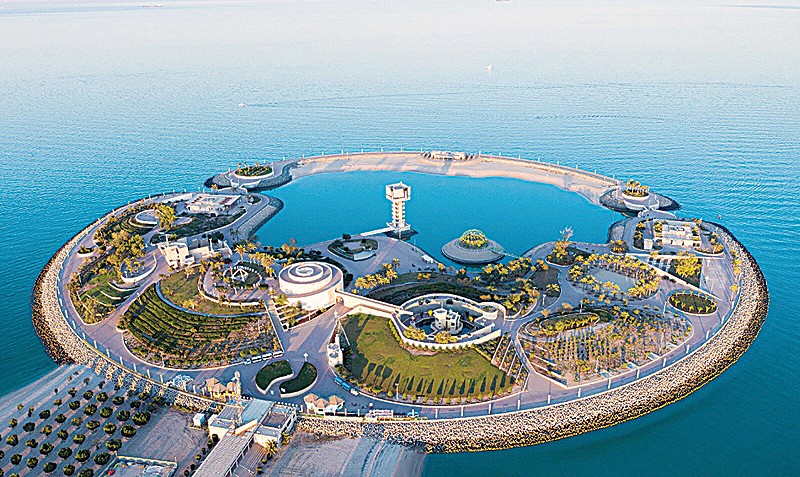
Green Island, built in the 1980s, was the first artificial island in the Gulf region. Located off the Corniche, it covers an area of nearly 785,000 square yards and is surrounded by calm blue waters. Despite some years of neglect, it remains a peaceful place for families and friends to gather, picnic, or cycle. The island includes open green spaces, shaded walking paths, and even a small amphitheater once used for cultural performances.
Visitors can rent bicycles or bring food for barbecues, enjoying a quiet afternoon with a view of the Kuwait City skyline in the distance. There are ongoing talks about renovating and revitalizing Green Island, which many locals hope will bring back its former vibrancy.
National Assembly Building
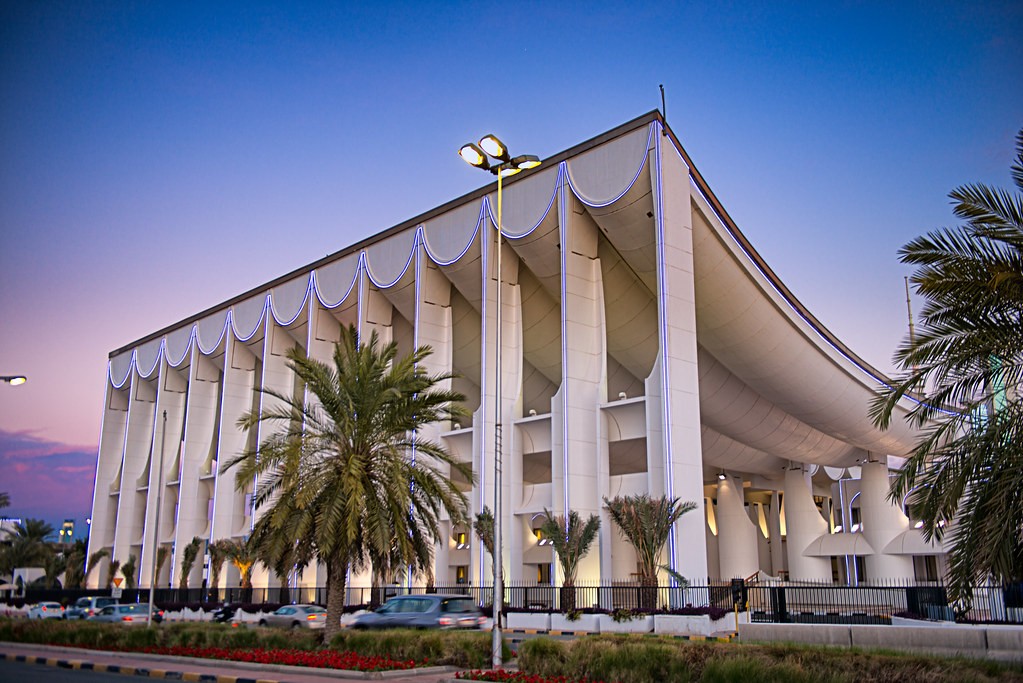
Designed by Danish architect Jørn Utzon, who also created the Sydney Opera House, the National Assembly Building is one of Kuwait’s architectural masterpieces. Completed in 1982, the building’s curving roof resembles a Bedouin tent, symbolizing shelter, community, and hospitality—values deeply embedded in Kuwaiti culture.
Although the building isn’t open to the public, it’s well worth viewing from the outside, especially for architecture enthusiasts. The clean white structure contrasts beautifully against the desert backdrop and remains one of the most photographed sites in the city. It reflects how Kuwait blends traditional symbolism with contemporary design on a monumental scale.
Al Bahhar Entertainment Historical Village
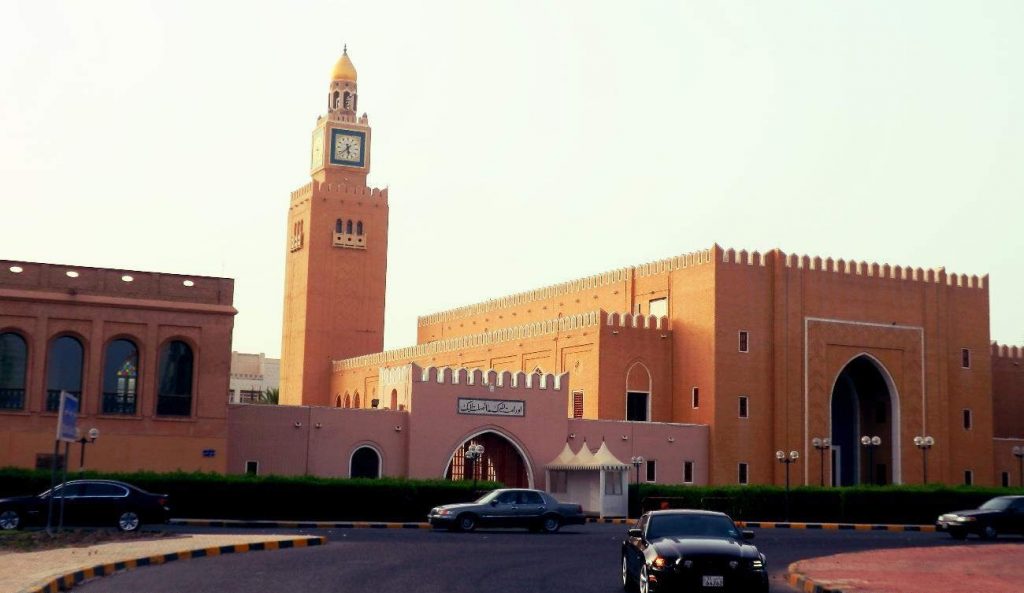
The Al Bahhar Entertainment Historical Village is a charming recreation of Kuwait’s old coastal architecture. Built with traditional wind towers and sand-colored walls, this seaside complex features artisan workshops, souvenir stalls, and teahouses that exude nostalgic charm. The sound of fountains and the aroma of mint tea fill the air as visitors stroll through the narrow walkways.
Locals often gather here in the evenings to play backgammon or sip strong Arabic coffee while the Gulf breeze sweeps through. It’s not a theme park in the usual sense—it’s a quiet celebration of Kuwait’s cultural identity and leisurely rhythm of life.
Modern Art Museum
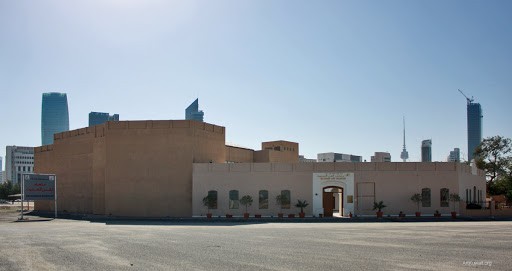
The Modern Art Museum is housed in a traditional Kuwaiti-style building and serves as a platform for regional and international art exhibitions. The gallery regularly displays works by prominent Kuwaiti artists such as Essa Sagr, Sami Mohammed, Thuraya Al-Baqsami, and Khazal Al-Gaffas. Its collection blends modern creativity with cultural reflection, showing how contemporary Arab art continues to evolve.
Visitors can explore paintings, sculptures, and multimedia pieces that address themes of identity, transformation, and society. The museum’s understated elegance and thoughtful curation make it a haven for art lovers seeking inspiration and insight into the country’s creative spirit.
Al Shamiya Gate
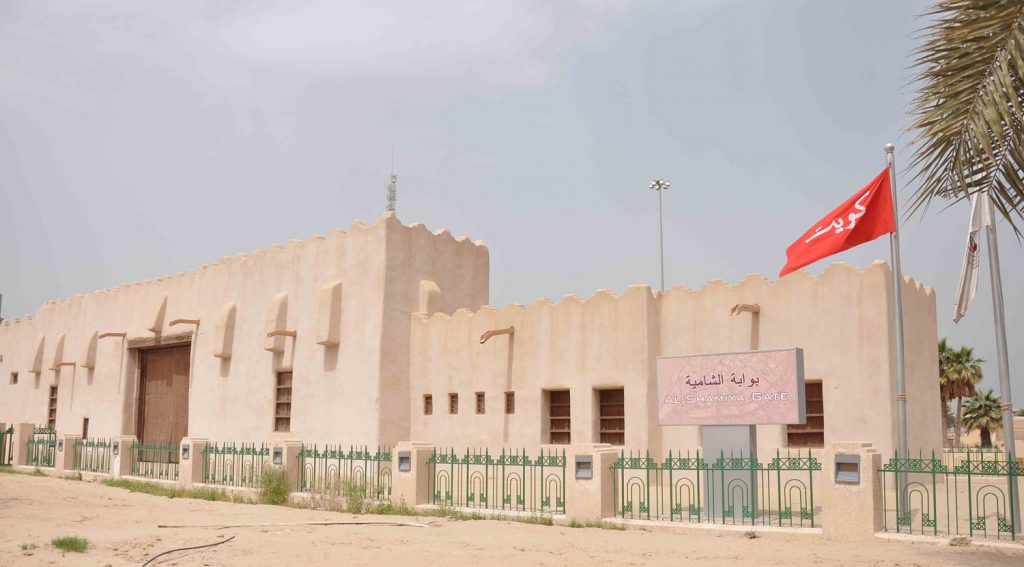
The Al Shamiya Gate is one of the few remaining sections of Kuwait’s old city wall, once built to protect the settlement from invasion. Standing for more than a century, it has been carefully restored and now serves as a historical landmark. The gate features traditional architectural elements such as wooden doors, guard towers, and stone steps that once allowed sentries to keep watch.
Visiting Al Shamiya Gate is like stepping back in time—it provides a tangible connection to the city’s defensive past and the simplicity of its early days. Though the surrounding area has modernized, the gate remains a quiet reminder of how far Kuwait has come.
Sief Palace
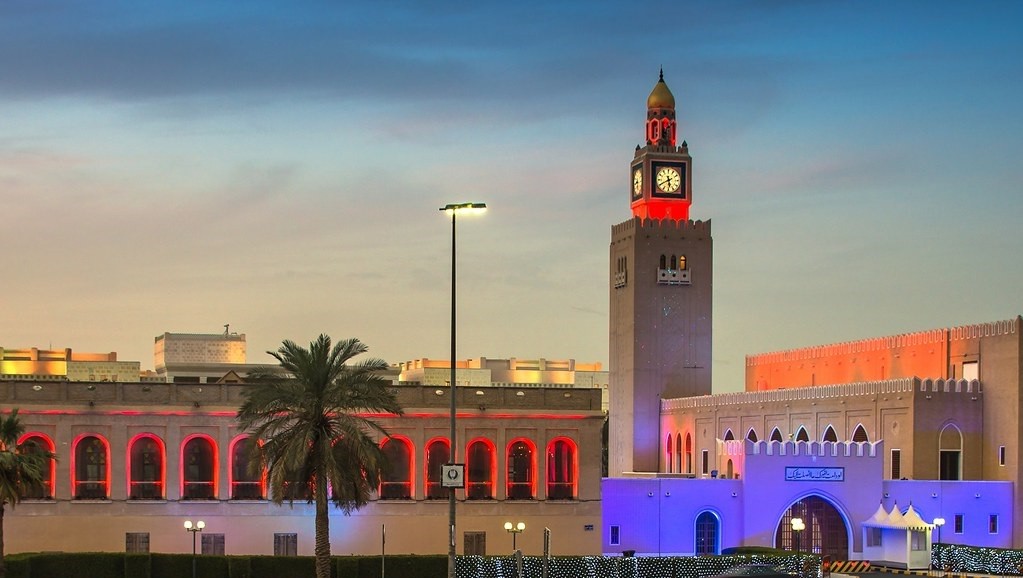
Sief Palace serves as the official seat of the Emir’s court and is one of the most recognizable landmarks in Kuwait City. The original structure, built in the early 20th century, features traditional Islamic design with decorative tilework and an elegant clock tower. Facing the roundabout is the L-shaped main building, while a newer section completed in the early 2000s adds a touch of grandeur with its own lake, helipad, and private yacht pier.
Although the palace is not open to the public, visitors can admire it from the outside. Photography is restricted, but the sight of this regal complex alone is impressive enough. Sief Palace represents authority and heritage—standing gracefully at the intersection of Kuwait’s history and its modern governance.
Kuwait City, in all its contrasts and complexity, is a place that rewards curiosity. From the glimmering towers that define its skyline to the quiet museums that preserve its memory, it offers an experience both futuristic and nostalgic. Whether wandering through its souqs, admiring its art, or simply walking along the sea, visitors soon discover that this city, though small, holds a world of stories within its borders.


